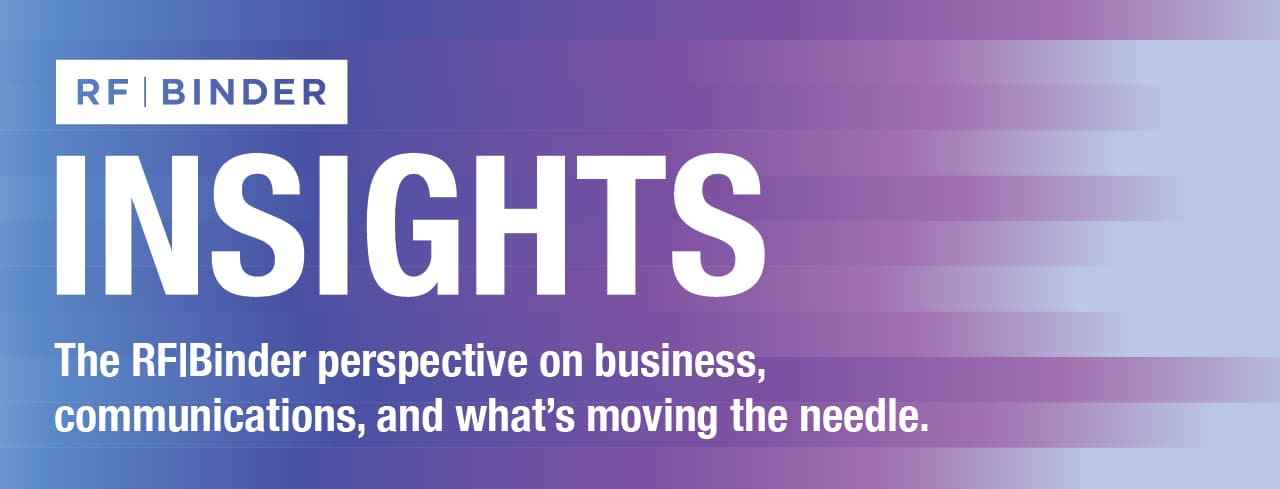The recently released J.D. Power 2025 U.S. Retail Banking Satisfaction Study™ showed significantly higher scores for retail banks as compared with a year ago. The results point to banks’ opportunity to benefit from communication clarity around their fees and services, as well as from promoting tools and content that support customers’ financial well-being.
This annual study recorded solid gains across key measures:
- Overall customer satisfaction with primary retail banking partners stood at 655 (on a 1,000-point scale), up 11 points from the 2024 study.
- Year-over-year Net Promoter Scores™ rose 3 points (on a scale of -100 to 100) from 2024.
- Loyalty (“definitely will not switch banks”) is up 2 percentage points; the likelihood to reuse the same bank (“definitely will”) is up 3 percentage points.
- Customer sentiment that their primary bank “completely supports me in challenging times” is up 4 percentage points.
What’s driven this improvement? J.D. Power cites three factors:
1. Greater clarity on fees.
One of the biggest complaints bank customers have had is fee surprises. Banks are doing a better job of explaining their fee structure, notes J.D. Power: “The percentage of customers who say they completely understand their bank’s fee structure has risen 5 percentage points from a year ago, and the percentage of customers who say their bank completely communicated how to avoid being charged fees is up 4 percentage points.”
2. Faster problem resolution.
Banks are moving more quickly to address customer issues arising from fraud, inaccurate charges, or incorrect statements. More than two thirds of respondents said they had problems resolved within one day. In all, 85% of customers who experienced problems reported they had been resolved, accounting for a 246-point improvement in satisfaction score.
3. More supportive services and tools.
Customers now often find an array of financial tools such as credit score access, budgeting and spending trackers on their banks’ site. Satisfaction scores are notably higher for customers who are aware of – and use – these services.
This third point suggests that banks’ marketing and communications teams have an opportunity to benefit from promoting the tools and customer support content on their sites. This is classic “customer advocacy” positioning that helps banks attract and cement relationships. It also demonstrates how traditional retail banks can compete more effectively with consumer fintechs and draw a wider range of customers by positioning themselves as trusted sources of guidance on money matters.
The challenge is coming up with effective ways to promote these services in the banks’ public relations and digital marketing strategies. In that regard, some tried-and-true tactics are available to banks, including:
- Positioning an expert with the media in their service area to provide commentary on everyday money issues such as budgeting, savings, credit scores, homebuying and other topics, incorporating examples of how to use the tools the bank provides. This content can be redistributed via social media and digital marketing to current and prospective customers.
- Producing a library of brief videos on topics such as “How and when to get a personal loan,” “What to teach your children about savings and spending,” or “How to get a better grip on your family’s cost of living.” When possible, these would incorporate references to tools on the bank’s site with examples of how they’re used.
- Creating infographics for email and text blasts that explain how to use the bank’s online tools.
- Partnering with nonprofits to provide online guidance on Social Security, Medicare and Medicaid, and other types of common benefits.
- Working with outside creators to devise puzzles, games and quizzes related to family finances. This takes a page from the media, which increasingly uses puzzles and games to boost the “stickiness” of their sites.
Now is a critical moment for retail banks to demonstrate leadership by supporting consumers who are increasingly anxious about their financial futures. According to the latest data released Friday by the University of Michigan, consumer sentiment plunged 11% this month, dropping to a preliminary reading of 50.8. This marks the second-lowest level ever recorded since tracking began in 1952, lower even than any point during the Great Recession.
A commitment to clarity will be important to making strategies or set of tactics effective. Key to success is finding the right voice and language and stripping away complexity in favor of simplicity.

